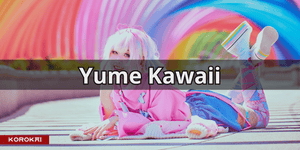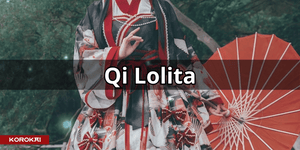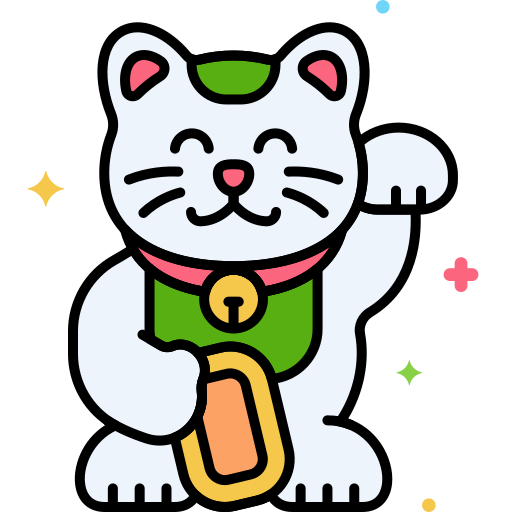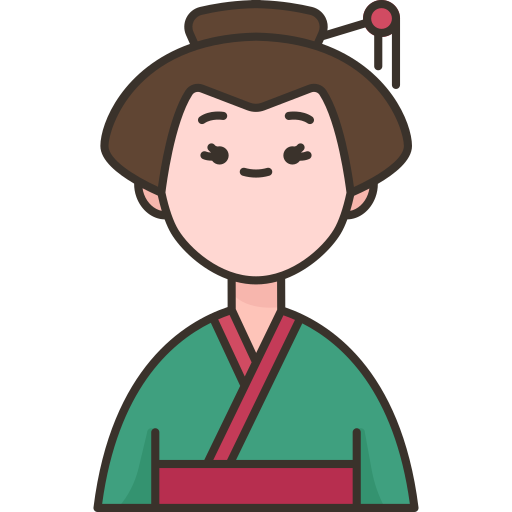Wa Lolita fashion, a mesmerizing blend of traditional Japanese attire and the enchanting world of Lolita style, stands as a unique phenomenon in the global fashion landscape. This style harmoniously weaves together the intricate elegance of Japan's cultural garments with the whimsical charm of Victorian and Rococo influences. In this exploration, we delve into the rich tapestry of Wa Lolita - from its historical roots and cultural significance to its distinctive design elements and the vibrant community that embraces it. Join us in unraveling the allure of Wa Lolita, a fashion that transcends mere clothing to become a symbol of cultural fusion and artistic expression.
Unveiling the Roots of Wa Lolita Fashion

Wa Lolita fashion, a captivating fusion of traditional Japanese attire and the whimsical Lolita style, presents a unique journey through fashion history. Originating in the early 2000s, this style elegantly marries the intricate patterns and fabrics of classic Japanese garments like kimonos and yukatas with the voluminous skirts and frills characteristic of Lolita fashion. The Lolita trend itself, deeply rooted in Victorian and Rococo aesthetics, finds a new expression in Wa Lolita, where the demure and doll-like elements blend seamlessly with the grace and elegance of traditional Japanese wear.
As Wa Lolita evolved, it garnered admiration for its respectful yet creative reinterpretation of cultural attire. The style respects the integrity of traditional Japanese garments while infusing the playful and youthful spirit of Lolita fashion. This evolution signifies a cultural dialogue between East and West, showcasing how fashion can be a platform for blending historical and contemporary influences. Wa Lolita stands as a testament to the ever-evolving nature of fashion, where history and modernity dance together in a harmonious blend.
Wa Lolita Fashion: A Cultural Confluence

Wa Lolita fashion is more than just an aesthetic; it's a cultural phenomenon that signifies the confluence of Eastern and Western fashion sensibilities. This style is a vivid representation of cultural exchange, where traditional Japanese elements are interwoven with the distinctly European influences of the Lolita fashion movement. Wa Lolita becomes a canvas that expresses a deep reverence for Japanese heritage while embracing the global appeal of modern fashion trends. This fusion challenges the boundaries of traditional fashion norms, showcasing a unique blend of respect for cultural roots and the embrace of contemporary style.
The cultural significance of Wa Lolita extends beyond mere clothing. It embodies a dialogue between the past and present, illustrating how fashion can serve as a bridge between different eras and cultures. Wearers of Wa Lolita often find themselves at the intersection of tradition and modernity, embodying the style's ability to harmonize seemingly contrasting worlds. In essence, Wa Lolita is not just about clothing; it's about storytelling, identity, and the celebration of cultural diversity through the lens of fashion.
Exploring the Unique Elements of Wa Lolita

Wa Lolita fashion is distinguished by its unique blend of traditional Japanese and classic Lolita elements. This harmonious combination creates a style that is both visually striking and deeply symbolic. Here are the key components that define the Wa Lolita aesthetic:
- Kimono and Yukata Fabrics: At the heart of Wa Lolita are the fabrics used in traditional Japanese kimonos and yukatas. These materials often feature classic patterns such as sakura (cherry blossoms), cranes, and waves, lending an authentic Japanese feel to the outfits.
- Obi Belts: Borrowed from traditional kimono attire, obi belts are a staple in Wa Lolita fashion. These wide belts are tied around the waist, often in intricate bows or knots, adding both structure and a distinct Japanese touch.
- Lolita Silhouettes: Despite the traditional Japanese influences, the basic silhouette of Wa Lolita remains true to the Lolita style. This includes bell-shaped skirts supported by petticoats, creating a youthful and doll-like appearance.
- Accessories and Footwear: Accessories play a crucial role in Wa Lolita ensembles. Fans, parasols, and hair ornaments like kanzashi (hairpins) are commonly used. Footwear often includes okobo (traditional Japanese sandals) or more Western-style Mary Janes, depending on the outfit's overall look.
- Color Palettes and Patterns: Wa Lolita outfits often utilize color palettes that reflect traditional Japanese aesthetics, such as deep reds, indigo, and muted greens. The patterns may include florals, nature-inspired motifs, and geometric designs typical of Japanese art.
Wa Lolita's Influence on Worldwide Fashion

The impact of Wa Lolita fashion on global trends is both profound and nuanced. As a unique blend of Japanese traditional clothing and Western Lolita style, Wa Lolita has intrigued fashion enthusiasts around the world, highlighting the increasing globalization of fashion. This style has not only introduced a fresh perspective to the fashion scene but also encouraged a more inclusive approach to cultural influences in clothing. Its popularity underscores a growing interest in hybrid fashions that respect and celebrate cultural heritage while embracing contemporary trends.
The influence of Wa Lolita extends beyond its specific aesthetic. It has inspired designers and fashion lovers to explore cross-cultural styles, leading to a greater appreciation and understanding of the diversity in fashion. The rise of social media and online fashion communities has further amplified its reach, allowing Wa Lolita to influence street fashion in various parts of the world. This cross-cultural exchange in fashion is indicative of a broader trend towards more eclectic and globally inspired wardrobes, making Wa Lolita a significant contributor to the evolving narrative of international fashion trends.
The Vibrant Community Behind Wa Lolita
The Wa Lolita fashion community is a vibrant and inclusive space, characterized by a shared passion for this unique style. Enthusiasts of Wa Lolita, often found congregating in online forums and social media platforms, form a tight-knit group where they exchange styling tips, coordinate meet-ups, and share their experiences. These platforms serve as a crucial space for learning, inspiration, and support, fostering a sense of belonging and identity among members. The community is not just about fashion; it's about connecting individuals who appreciate the artistry and cultural fusion that Wa Lolita represents.
This sense of community extends to real-world interactions, with members often gathering at events, tea parties, and fashion shows dedicated to Lolita and Japanese fashion. Here, the lifestyle aspect of Wa Lolita comes to life, with enthusiasts donning their most exquisite outfits, complete with accessories and traditional elements. These gatherings are not just fashion statements but celebrations of a shared culture and a way to express individuality within a like-minded group. The Wa Lolita community embodies a lifestyle that values creativity, respect for cultural traditions, and a love for a unique fashion style that transcends boundaries.
Conclusion
As we conclude our journey through the enchanting world of Wa Lolita fashion, we're left with a profound appreciation for this unique cultural fusion. Wa Lolita is not just a fashion statement; it's a celebration of heritage, creativity, and community. It challenges the conventions of style, encouraging a blend of tradition with modernity. This fashion movement exemplifies how clothing can be a canvas for cultural storytelling and personal expression. Wa Lolita, with its vibrant community and global influence, continues to inspire and captivate, reminding us of the endless possibilities in the world of fashion.












